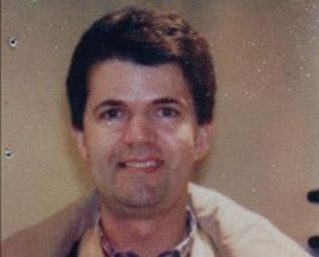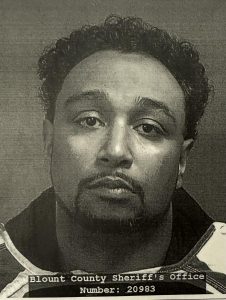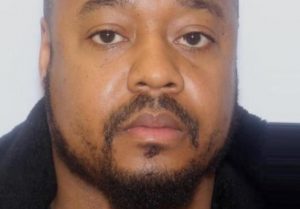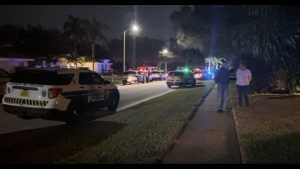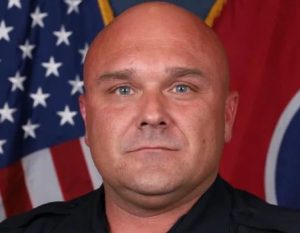Last Call, a new HBO Max docuseries, will look into how serial killer Richard Rogers, also known as The Last Killer, targeted New York City’s LGBT community in the 1990s while dodging a corrupt criminal justice system.
Last Call: When a Serial Killer Stalked Queer New York, HBO Max’s next four-part docuseries, is due to broadcast on Sunday, July 9, 2023.
When was Richard Rogers arrested? The Last Call killer’s charges, trial and sentencing explored?
Rogers is a serial killer from the United States who murdered and dismembered at least two gay and bisexual males between 1992 and 1993.
Also Read| Did Bob Marley’s wife Rita Marley die? One Love biopic trailer shows shooting
His method consisted of luring inebriated men from Manhattan piano bars, murdering and dismembering them in an unknown area, and discarding their bodies in garbage bags along New Jersey highways.
From the 1970s to the 1990s, he is suspected of murdering several other men in Maine, Florida, Connecticut, Pennsylvania, and New York.
It took nearly eight years for authorities to apprehend Richard Rogers for the crimes he committed. Despite killing four individuals, Rogers escaped prosecution because his prints and DNA were not found in the FBI’s Combined DNA System. As a result, the murders remained unsolved for many years.
Also Read| Who is Mike ‘Sugar Bear’ Thompson, Honey Boo Boo’s father?
The New Jersey State Police did not discover a new method of fingerprint lifting until 1999. The vacuum metal disposition technology enabled the police to detect new fingerprints on the years-old evidence. These fingerprints were then distributed among fifty states and Puerto Rico. They eventually tracked down a match to Richard Rogers’ previous case at the University of Maine.
The authorities discovered some incriminating evidence while examining Rogers’ home. This included a bottle of Versed, a sedative also known as the date r*pe drug, and plastic bags similar to those used in the homicides. They also discovered polaroids of shirtless men with stab wounds, as well as carpet fibers that matched those recovered on the victims’ bodies.

